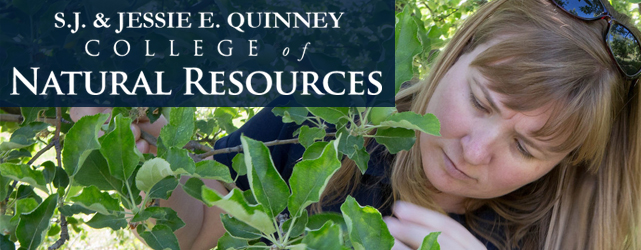Effects of canopy, substrate composition, and gradient on the structure of macro-invertebrate communities in Cascade Range streams of Oregon
Document Type
Article
Journal/Book Title/Conference
Ecology
Volume
63
Publication Date
1-1-1982
Keywords
canopy, substrate, composition, gradient, structure, macro-invertebrate, Cascade Range, streams, Oregon
First Page
1840
Last Page
1856
Abstract
The relative importance of surrounding riparian vegetation and substrate composition on invertebrate community structure was investigated in six streams in Oregon, USA. We found that canopy type was more important than substrate character in influencing total abundance and guild structure. Streams without shading had higher abundances of invertebrates than did shaded streams. Most guilds were influenced by qualitative differences in food availability rather than quantity of food or substrate composition. Open streams had higher abundances in the collector—gatherer, filter feeder, herbivore shredder and piercer, and predator guilds. Contrary to expectations, shredders were no more abundant in shaded streams than in streams lacking a riparian canopy. Scraper density was inversely related to standing crop of aufwuchs, but biomass was positively correlated with quantity of aufwuchs. Examination of dominance-diversity curves showed that both canopy and substrate influenced ranked abundances of taxa, but neither canopy nor substrate strongly influenced number of taxa. Differences in community structure were not always revealed by analysis of community-level properties, although differences in both the absolute and relative abundances of individual taxa were observed
Recommended Citation
Hawkins, C. P., M. L. Murphy, and N. H. Anderson. 1982. Effects of canopy, substrate composition, and gradient on the structure of macro-invertebrate communities in Cascade Range streams of Oregon. Ecology 63:1840-1856.





